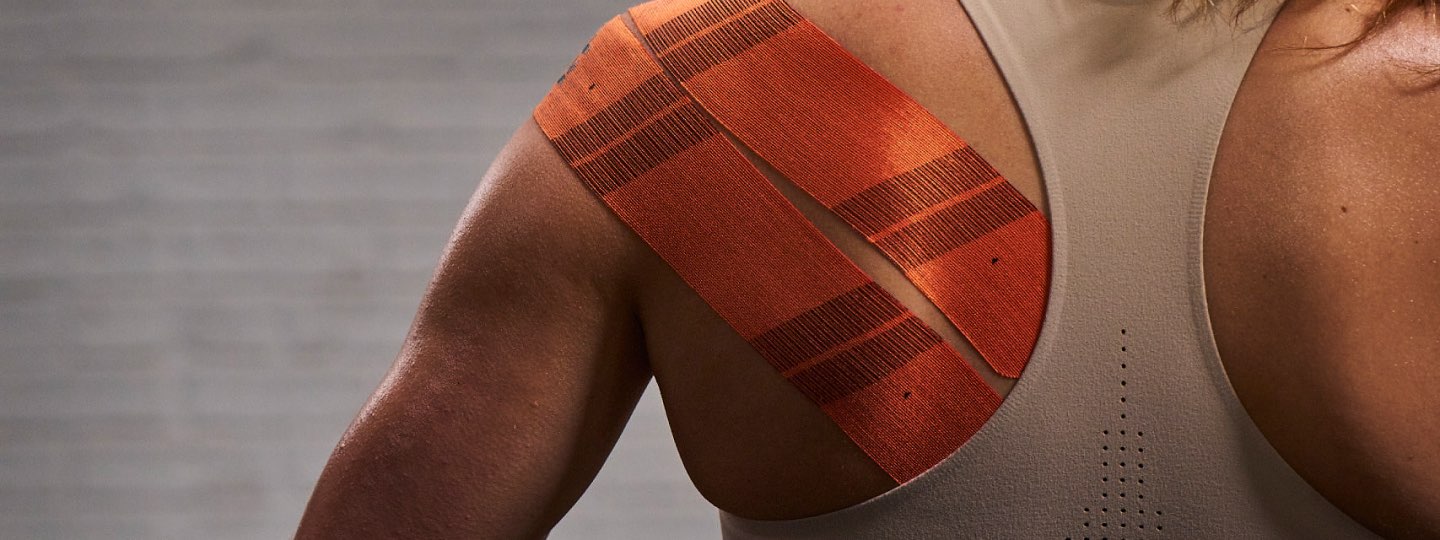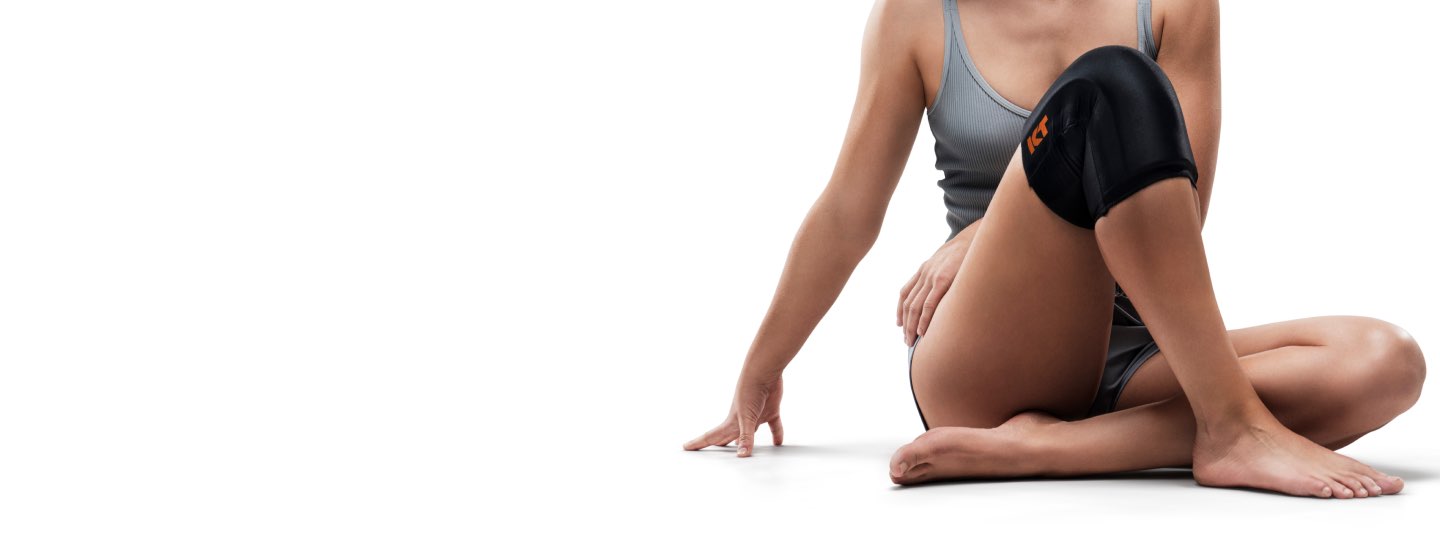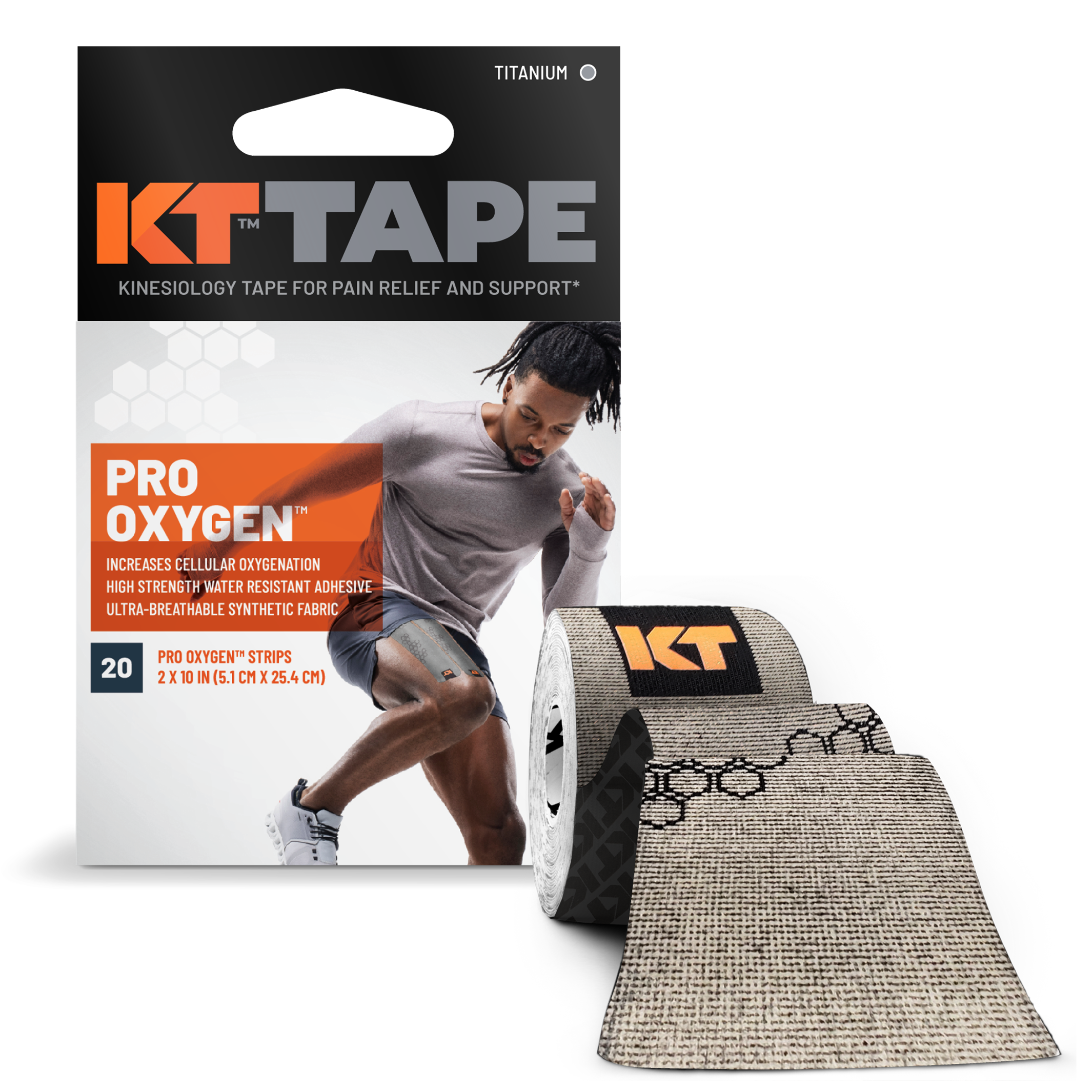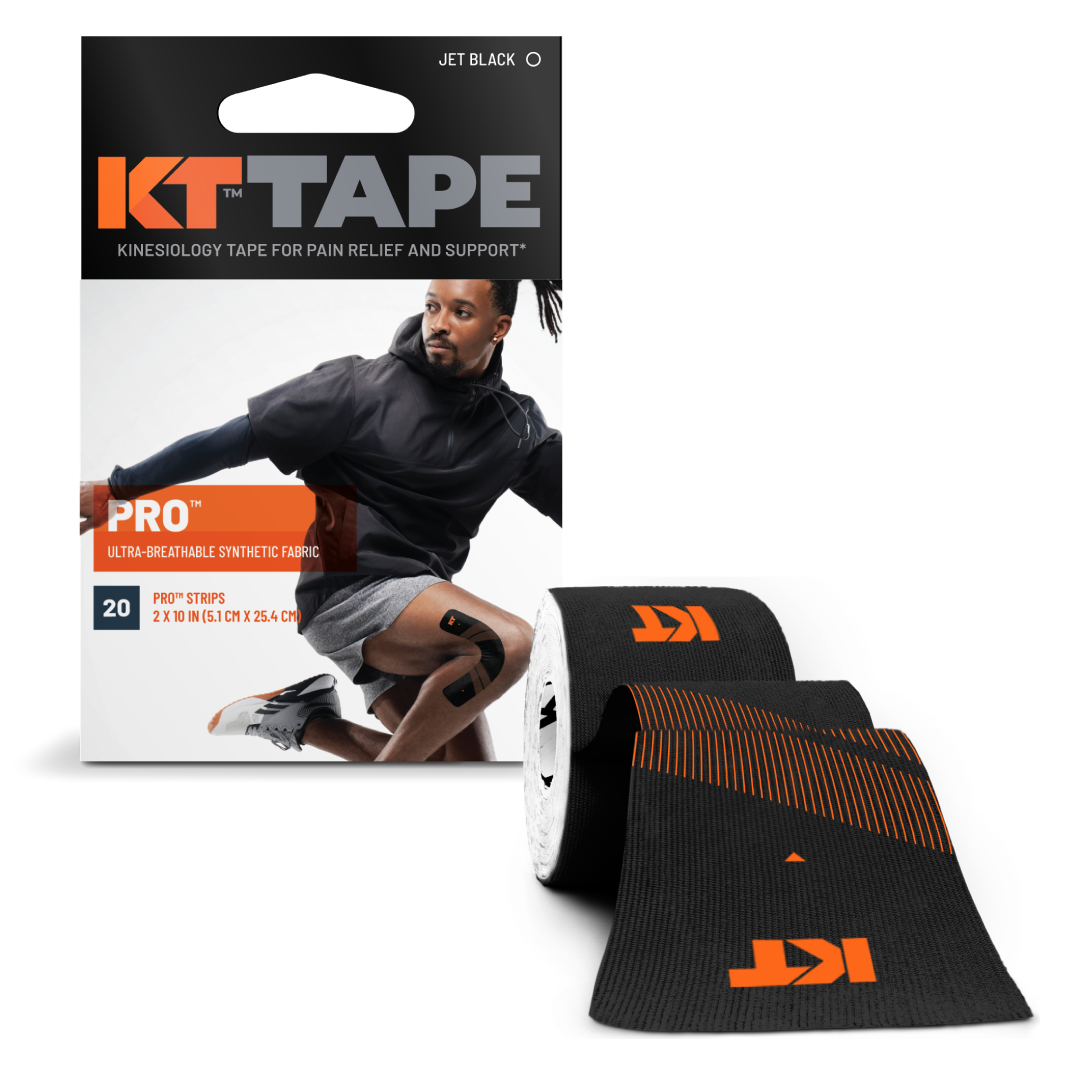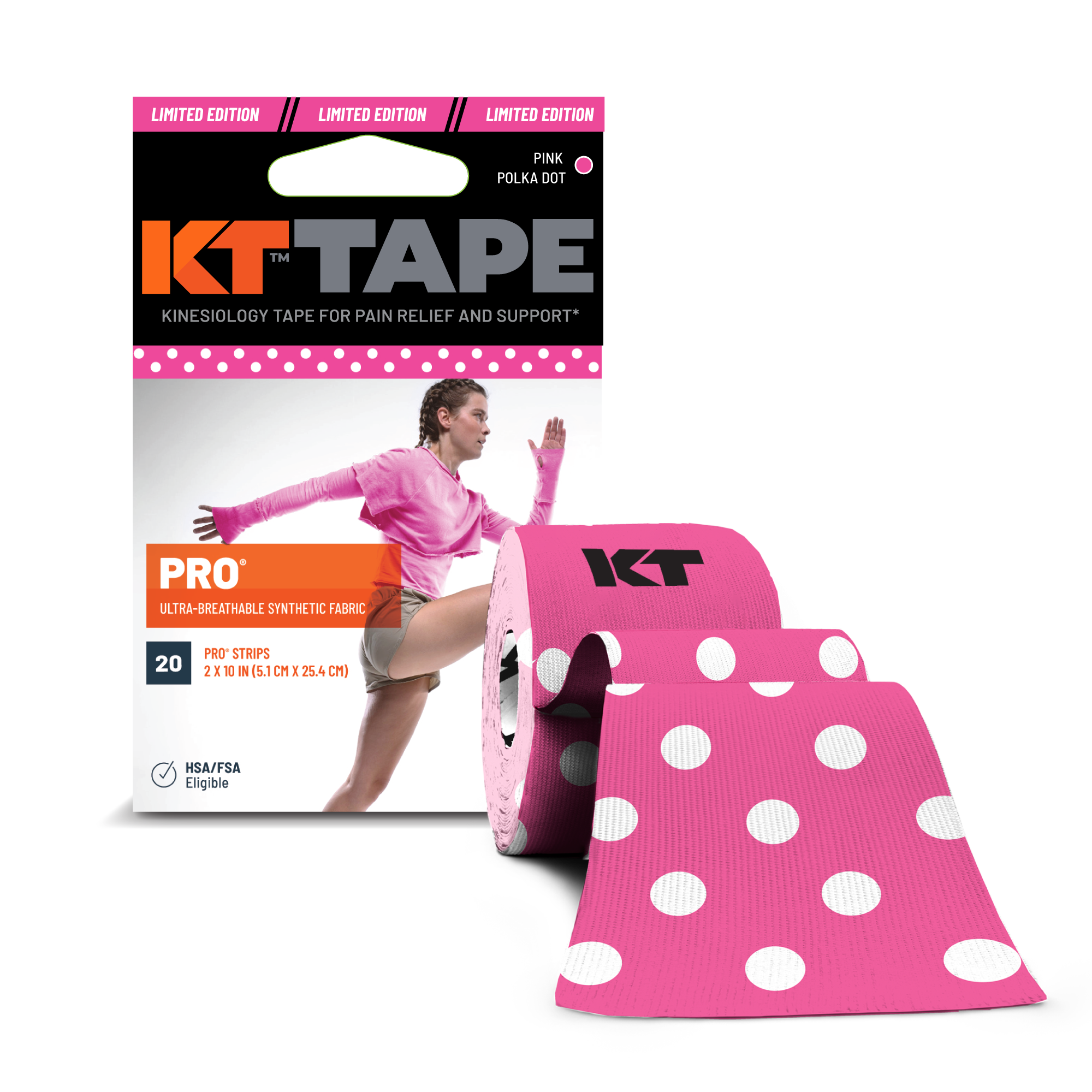Will Slowing Down Really Help You Run Faster?
MARCH 07, 2011
 KT Tape empowers athletes and enhances recovery so you can compete harder and to your best, but did you ever think that slowing down, even walking, while training or racing can actually help you run faster?
Jeff Galloway, Olympic runner, best-selling author, and writer for Active.com shares riveting insights into why walking during the race can actually enhance your overall performance:
You can gain control over the amount of fatigue in a race or long run by taking walk breaks, starting at the beginning. According to numerous surveys, you'll also run faster--13 minutes faster in a marathon with walk breaks than in a continuously run event.
Walk breaks help you mentally break up a challenging race or workout by concentrating on one segment at a time. Because you erase a lot of the fatigue with each walk break, your legs are strong at the finish--you can celebrate that evening and recover fast.
Erasing Fatigue
Most of us, even when untrained, can walk for several miles before fatigue sets in simply because walking is an activity that we can do efficiently for hours. Running takes more work because you have to lift your body off the ground and then absorb the shock of the landing.
The continuous use of running muscles produces much more fatigue, aches and pains than running at the same pace while taking walk breaks. If you walk before your running muscles start to get tired, you allow the muscles to recover instantly--increasing your capacity and extending the distance, while reducing the chance of next-day soreness.
The method involves strategy. By using a ratio of running and walking, adjusted for the pace per mile, you can manage your fatigue. Using this fatigue-reduction tool early gives you the muscle resources and the mental confidence to cope with the challenges that can come later. Even when you don't need the extra strength and resiliency bestowed by the method, you will feel better during and after your run.
The run-walk method is very simple: Run for a short segment and then take a walk break--and keep repeating this pattern. Beginners will alternate very short run segments with short walks. Even elite runners find that walk breaks on long runs allow them to recover faster. There is no need to be totally exhausted at the end of any long run.
Here are some tips:
A Short and Gentle Walking Stride
KT Tape empowers athletes and enhances recovery so you can compete harder and to your best, but did you ever think that slowing down, even walking, while training or racing can actually help you run faster?
Jeff Galloway, Olympic runner, best-selling author, and writer for Active.com shares riveting insights into why walking during the race can actually enhance your overall performance:
You can gain control over the amount of fatigue in a race or long run by taking walk breaks, starting at the beginning. According to numerous surveys, you'll also run faster--13 minutes faster in a marathon with walk breaks than in a continuously run event.
Walk breaks help you mentally break up a challenging race or workout by concentrating on one segment at a time. Because you erase a lot of the fatigue with each walk break, your legs are strong at the finish--you can celebrate that evening and recover fast.
Erasing Fatigue
Most of us, even when untrained, can walk for several miles before fatigue sets in simply because walking is an activity that we can do efficiently for hours. Running takes more work because you have to lift your body off the ground and then absorb the shock of the landing.
The continuous use of running muscles produces much more fatigue, aches and pains than running at the same pace while taking walk breaks. If you walk before your running muscles start to get tired, you allow the muscles to recover instantly--increasing your capacity and extending the distance, while reducing the chance of next-day soreness.
The method involves strategy. By using a ratio of running and walking, adjusted for the pace per mile, you can manage your fatigue. Using this fatigue-reduction tool early gives you the muscle resources and the mental confidence to cope with the challenges that can come later. Even when you don't need the extra strength and resiliency bestowed by the method, you will feel better during and after your run.
The run-walk method is very simple: Run for a short segment and then take a walk break--and keep repeating this pattern. Beginners will alternate very short run segments with short walks. Even elite runners find that walk breaks on long runs allow them to recover faster. There is no need to be totally exhausted at the end of any long run.
Here are some tips:
A Short and Gentle Walking StrideIt's better to walk slowly, with a short stride. Long strides can cause shin irritation. Relax and enjoy the walk. No Need to Eliminate the Walk Breaks
Some beginners assume that they must work toward the day when they don't have to take any walk breaks. This is up to the individual, but is not recommended. Remember that you decide what ratio of run-walk-run to use. As you adjust the run-walk to your liking, you gain control over your fatigue. How to Keep Track of the Walk Breaks
There are several watches which can be set to beep when it's time to walk, and then when it's time to start running again. Walk Breaks on Long Runs
To read Jeff Galloways entire article, including a suggested schedule for pacing walk breaks and a summary of benefits, click here. For more information, see Jeff's books Marathon, Half-Marathon, Running -- A Year Round Plan, Walking -- The Complete Book and Galloway's Book on Running, 2nd Ed. These are available, autographed, from www.RunInjuryFree.com. Join Jeff's blog: www.jeffgallowayblog.com
